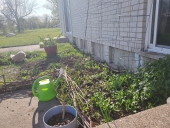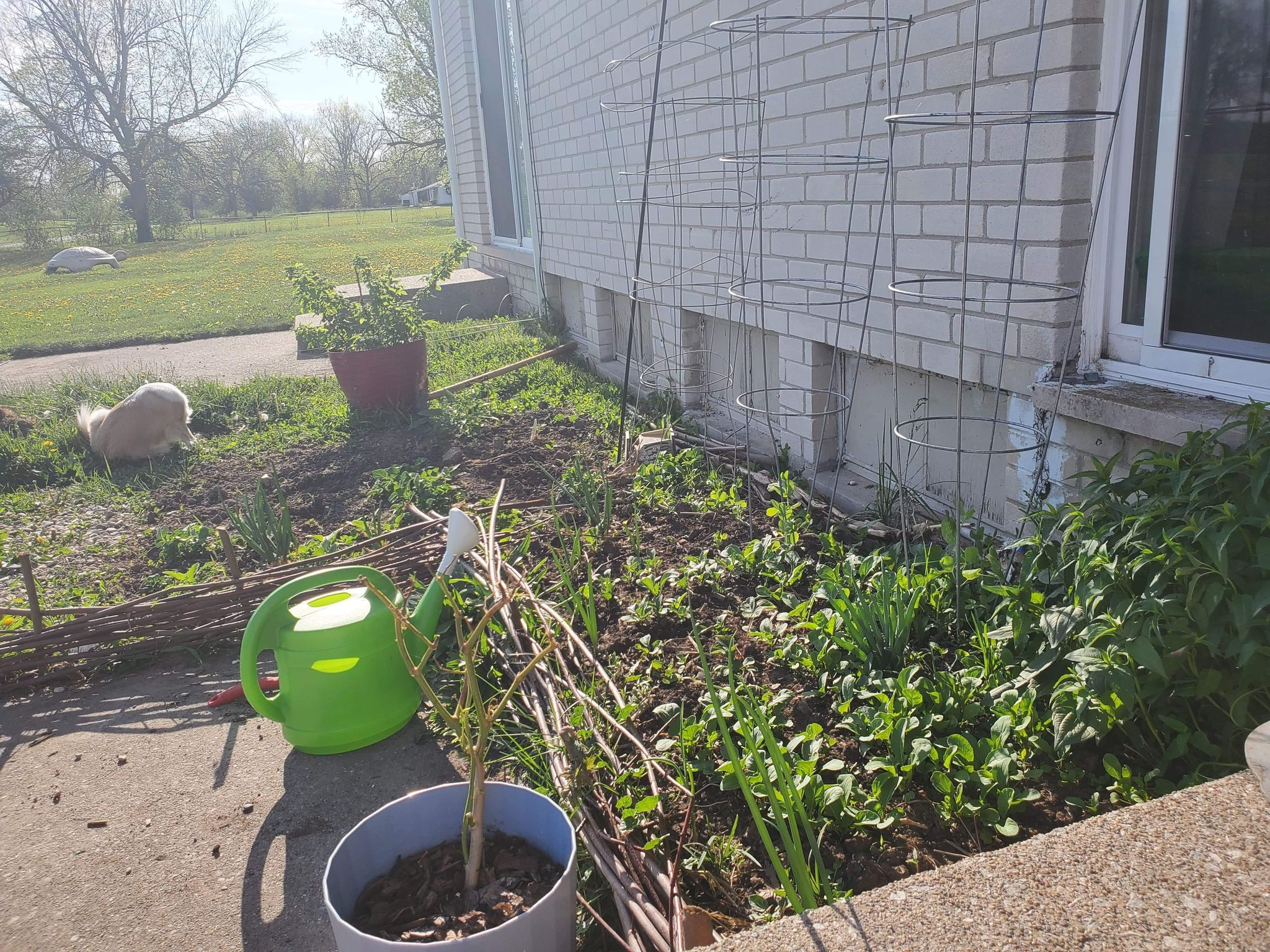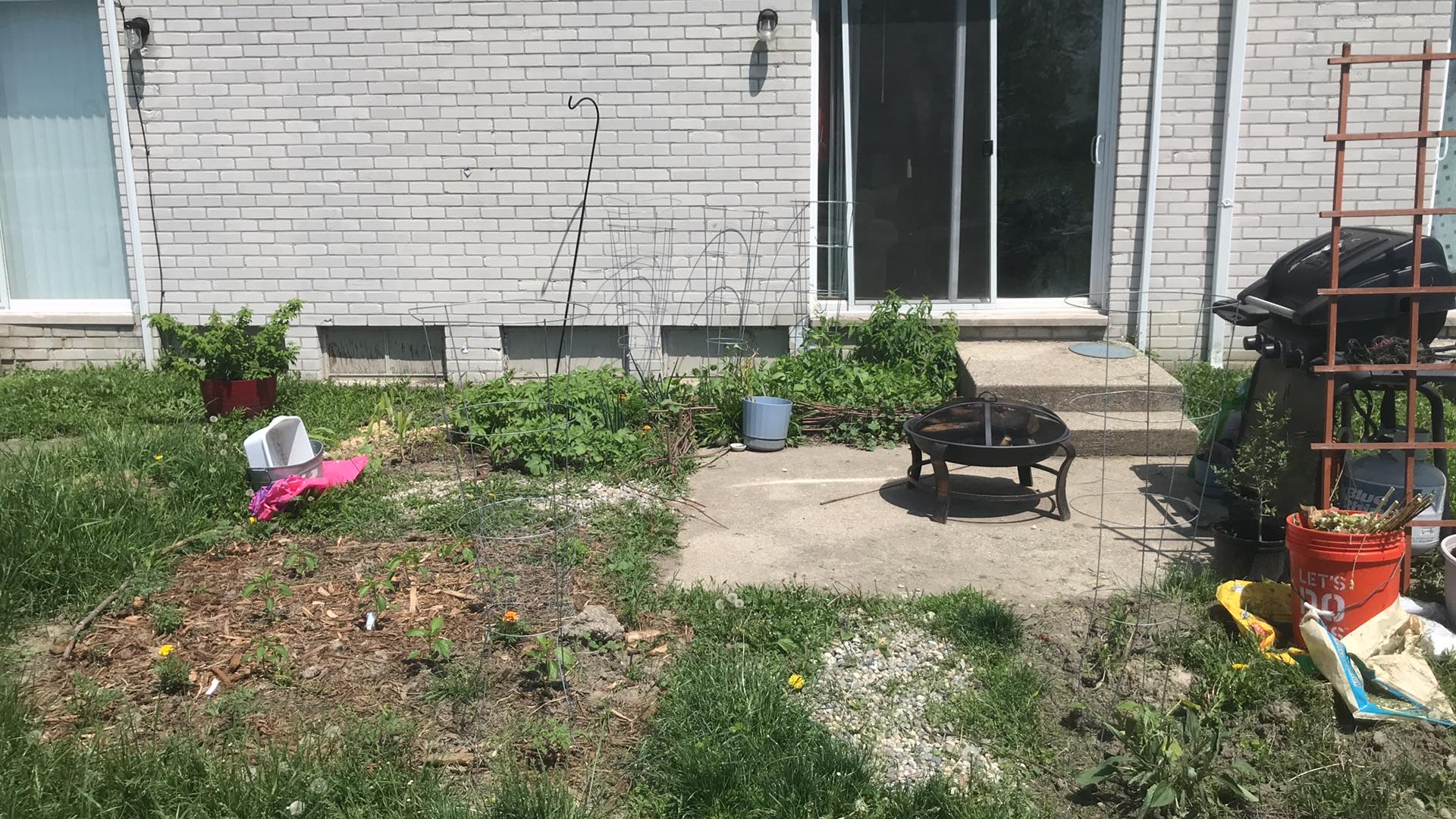



Nancy Reading wrote:
There are millions of seedlings I either let them compete or commit to a slaughter
Can you pot some up and give them away to some neighbours?


Ellendra Nauriel wrote:I have no idea which of these were native, but off the top of my head:
Yucca (soap from the root)
Horse Chestnut (laundry soap from the nuts)
Comfrey (dried powdered root plus fine-ground charcoal makes a good tooth powder, which is easier to make than toothpaste)
Soapwort (soap/shampoo made from the above-ground parts)
Jewelweed (gel-like lotion, similar to aloe)
Velvetleaf (also called "butterprint", makes a good tissue)
The list above is entirely from memory, so please double-check before relying on it.

Trace Oswald wrote:Just to clarify, your area is 35 sq ft, or 35 ft squared?





Joshua Myrvaagnes wrote:Can anyone tell what made these long-term successful ones work:
--300-year-old food forest in Vietnam. https://www.youtube.com/watch?v=xZO0Nco2t5g
--2,000-year-old one in Morocco: https://www.youtube.com/watch?v=NKIgqa49rMc
--John Hershey plantings/breeding research, from the 40's or so and abandoned for many decades now:
--Helen Atthowe's food forest
--whatever the heck Sepp Holzer does
--your own experiences
--random trees in someone's yard that always kick ass
--any other food forests or just individual trees that have passed the 10-year mark, or ideally the 50-year mark, and are productive of a significant portion of at least one person's nutritional needs per year
Social factors as well as physical.
Also, please specify if you're describing your own direct observation, video observation, reading, or other. Thanks!
